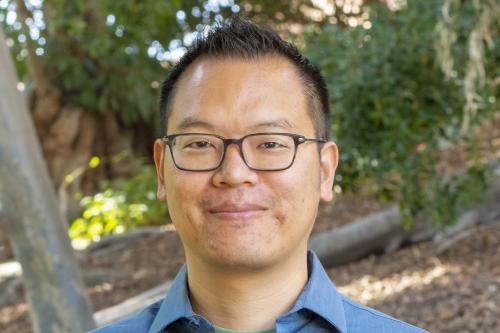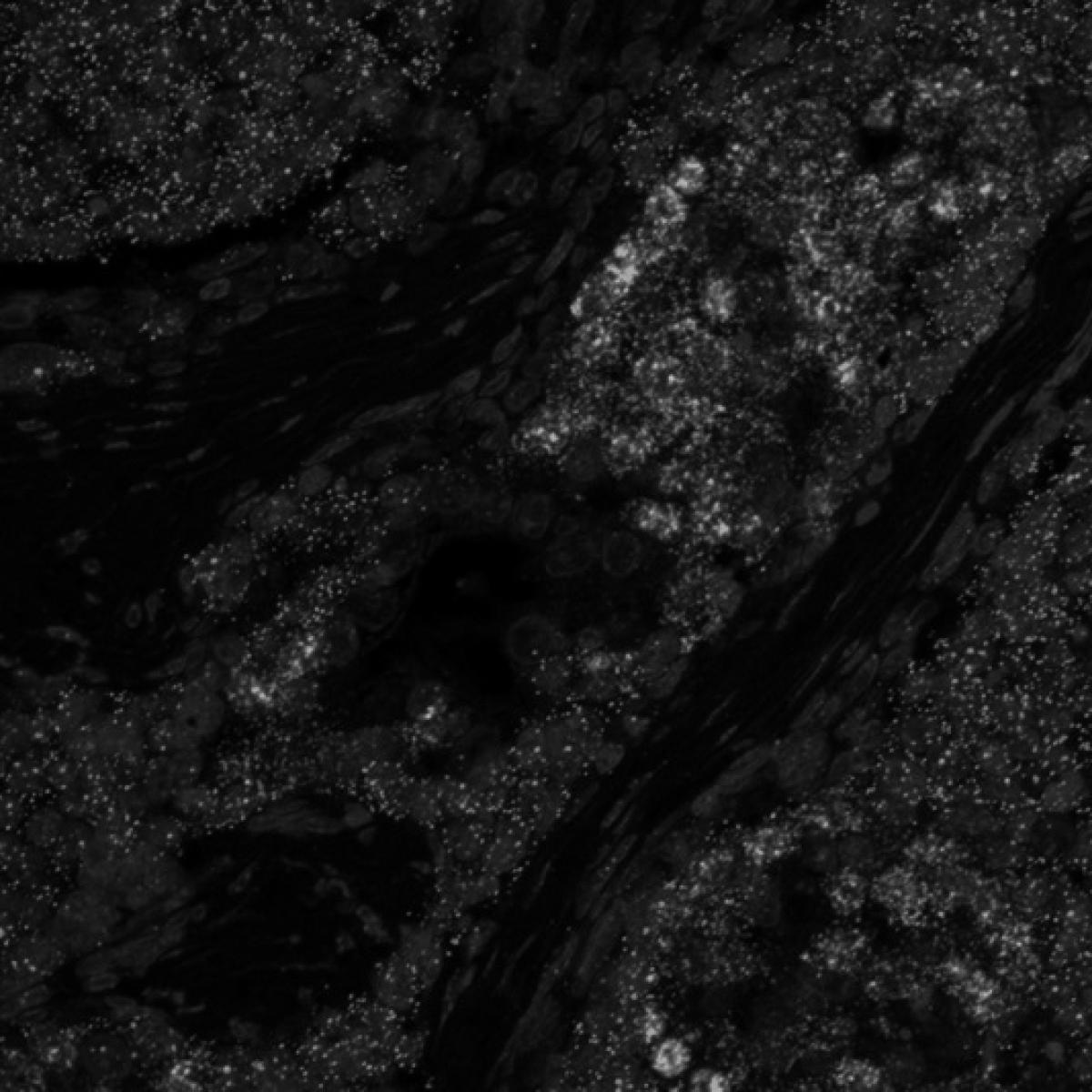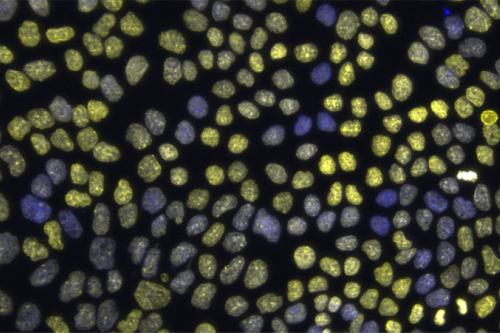
Jimmy Hu, Ph.D.

Jimmy Hu, Ph.D., is a developmental and stem cell biologist who studies the basic principles of tissue formation and stem cell regulation, particularly in the developing tooth, to create improved strategies for organ bioengineering and regenerative medicine.
Hu studies the functional roles of tissue architecture and mechanical forces in controlling craniofacial development. Using the mouse craniofacial structures as model systems, Hu explores how tissues are shaped during development and how they are maintained by somatic stem cells in adults. By extracting the basic principles of morphogenesis and stem cell regulation, he hopes to translate that knowledge toward regenerating oral structures, such as the tooth.
Hu’s recent studies combine genetic, imaging and single-cell transcriptomic approaches to first uncover different progenitor populations in the developing mandibular epithelium and then establish the role of actomyosin tension in driving cell organizations during tooth development.
He has also shown that the transcription cofactor YAP mediates integrin signals to maintain the adult stem cell proliferation that supports the continuous growth of the mouse incisor. Hu is now building upon these studies to further understand how oral structures are formed and maintained.
Research Projects
- Identifying the genetic, mechanical and metabolic regulations of tissue morphogenesis The biological process that shapes a cell, tissue or organism, determining its form during development. It involves mechanical forces generated by cells and can be influenced by genetic programs. Abnormal morphogenesis is termed dysmorphogenesis. morphogenesis The biological process that shapes a cell, tissue or organism, determining its form during development. It involves mechanical forces generated by cells and can be influenced by genetic programs. Abnormal morphogenesis is termed dysmorphogenesis., or how tissues develop their shape and form
- Understanding the mechanisms controlling cell differentiation The process by which stem cells transform into specific, specialized cell types with distinct functions and features. differentiation The process by which stem cells transform into specific, specialized cell types with distinct functions and features. and movements within epithelial tissues
- Designing strategies to derive different oral epithelial populations from embryonic stem cells Pluripotent stem cells that give rise to every cell type in the adult body. They are derived from the inner cell mass of a blastocyst. embryonic stem cells Pluripotent stem cells that give rise to every cell type in the adult body. They are derived from the inner cell mass of a blastocyst.
- Identifying the signaling interactions between different progenitor cells Descendants of stem cells that can further differentiate to produce one or more specialized cell types. They are more limited than pluripotent stem cells in that they cannot self-renew indefinitely and can only produce a limited range of specific cell types. For example, neural progenitor cells can only produce neurons. progenitor cells Descendants of stem cells that can further differentiate to produce one or more specialized cell types. They are more limited than pluripotent stem cells in that they cannot self-renew indefinitely and can only produce a limited range of specific cell types. For example, neural progenitor cells can only produce neurons. that guide tissue development
-
Post-doctoral Fellowship
- Developmental and Stem Cell Biology, UC San Francisco, 2018
Degree
- Ph.D., Genetics, Harvard Medical School, 2012
-

